- Call us: 01444 237070
- Contact Us
- Stores
- Sign In / Register
-
- Back
- Used Cameras
- Used Accessories
- Used Lenses
- Used Video
- Used Film Equipment
- Used Stock Alert
- Used Blank Test
- Sell or Part Exchange
- Used Clearance
- Recently Added Used Equipment
- Park Picks
- All Used Black Friday Deals
- Faulty
- Trade-In
- Blog
- New in
- Call us
- Contact us
- Stores
- Sign in
- Categories
- Tips & Inspiration
- Reviews
- News
- Events
- Features
- Buying Guides
- Competitions
Ultimate Guide to Nikon Z Super Telephoto Lenses
This buying guide is for photographers looking for a Nikon Z lens to capture wildlife, sports, action and other distant subjects. The ultimate guide to Nikon Z super telephoto lenses explores everything you need to know, with insights into the six longest telephoto prime and zoom options, so you can find the best Nikon telephoto lens, which perfectly aligns with your favourite subjects.
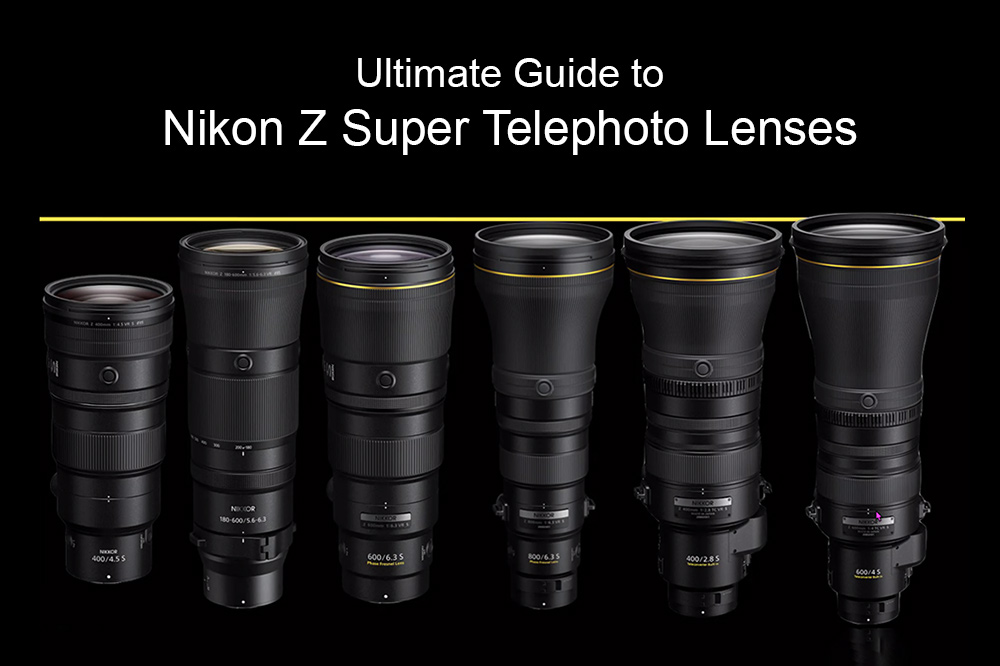
Every level of photographer is catered to, with more budget-friendly options for enthusiasts, to premium lenses for professionals who need ultimate image quality from Nikon’s optical technology.
Furthermore, you’ll discover teleconverter lens compatibility, what S-line optics mean, and how the Nikon Z telephoto lens range with compares to DSLR counterparts, especially for those who shoot with F-Mount lenses on mirrorless Z cameras.
Table of contents
- Introduction to the Nikon Z telephoto lens range
- What are the advantages of the Nikon Z Mount?
- S-Line vs standard lens range
- Nikon teleconverter lens compatibility
- Weather sealing
- Optical vibration reduction (VR)
- Nikon Z 180-600mm f/5.6-6.3 VR Lens
- Nikon Z 400mm f/4.5 VR S Lens
- Phase Fresnel lenses (PF)
- Nikon Z 600mm f/6.3 VR S Lens
- Nikon Z 800mm f/6.3 VR S Lens
- Professional Z lenses with built-in teleconverters
- Nikon Z 400mm f/2.8 TC VR S Lens With Built In 1.4x Teleconverter
- Nikon Z 600mm f/4 TC VR S Lens With Built-In 1.4x Teleconverter
Introduction to the Nikon Z telephoto lens range
Since the launch of mirrorless cameras like the Z9 and Z8, the Z series has gained significant traction for wildlife photography, bird photography and similar genres. Nikon took advantage of this with the launch of several new telephoto lenses, which has established the system among many photography professionals.
The advanced features of Nikon's mirrorless system, including its sophisticated AF technology, high-speed burst shooting, and blackout-free electronic viewfinder, have attracted DSLR users in droves. Many of these photographers have chosen to keep their super telephoto lenses, adapting them to the Z system with the FTZ Mark II Lens Mount Adapter. While this is a viable option, native Z mount lenses provide notable benefits over DSLR lenses, which are explored below.
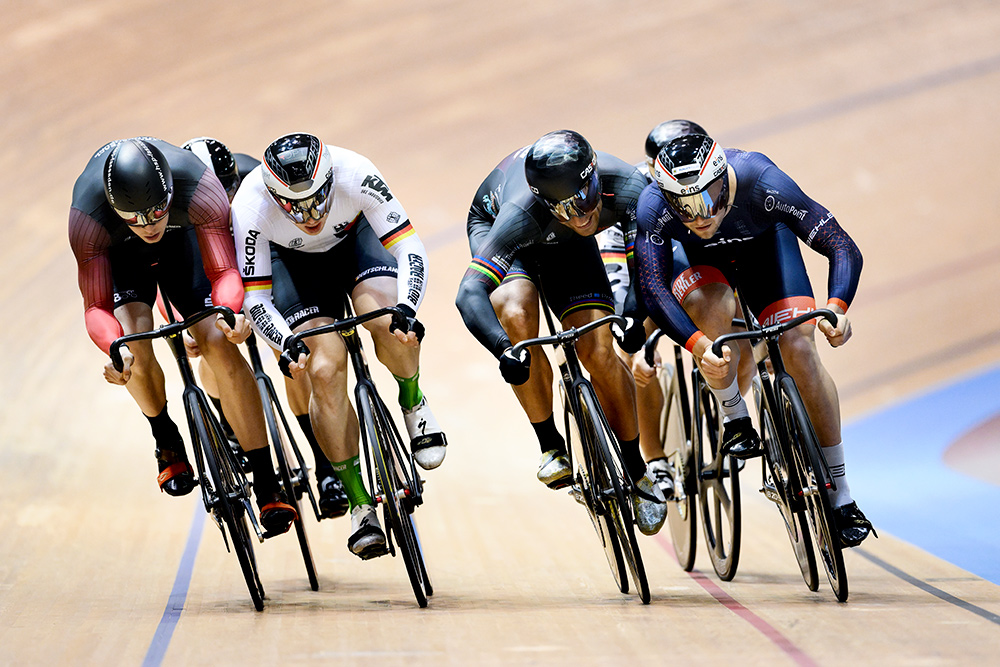
Sample image taken with Nikon Z 400mm f/2.8 TC VR S Lens With Built In 1.4x Teleconverter (No EXIF)
What are the advantages of the Nikon Z Mount?
It’s widely reported that the wide Z mount (55mm vs 47mm for F mount) with a shorter flange distance provides a number of advantages, including the ability to gather more light. Additionally Nikon Z lenses feature 11 contact points, versus 8 for DSLR lenses, which adds yet more benefits.
These revolve around improved communication between the camera body and lens, allowing more data to flow, with greater lens control, which results in better autofocus (AF) and vibration reduction (VR) performance, among other benefits.
The larger diameter of the Z mount and its shorter flange distance offer several advantages other than the enhanced light gathering capability. The large mount has enabled Nikon to improve lens performance, with increased sharpness when wide open, wider maximum apertures, and smaller and lighter lens designs.
In a nutshell, the Z mount facilitates smaller and lighter lenses, which deliver sharper results across the aperture range, with improved AF and VR performance compared to DSLR lenses. These are extremely appealing attributes, which are sure to tempt many new and existing Nikon creators to the system.
Another of the benefits of this mount is its compatibility with DSLR lenses when paired with an FTZ adapter. This enables you to utilise your current, often costly F mount optics while capitalising on the benefits of mirrorless camera technology. This is perfectly workable, although seen by some photographers as a temporary solution while waiting to trade-in camera equipment, and reap the benefits noted, which native Z lenses offer.
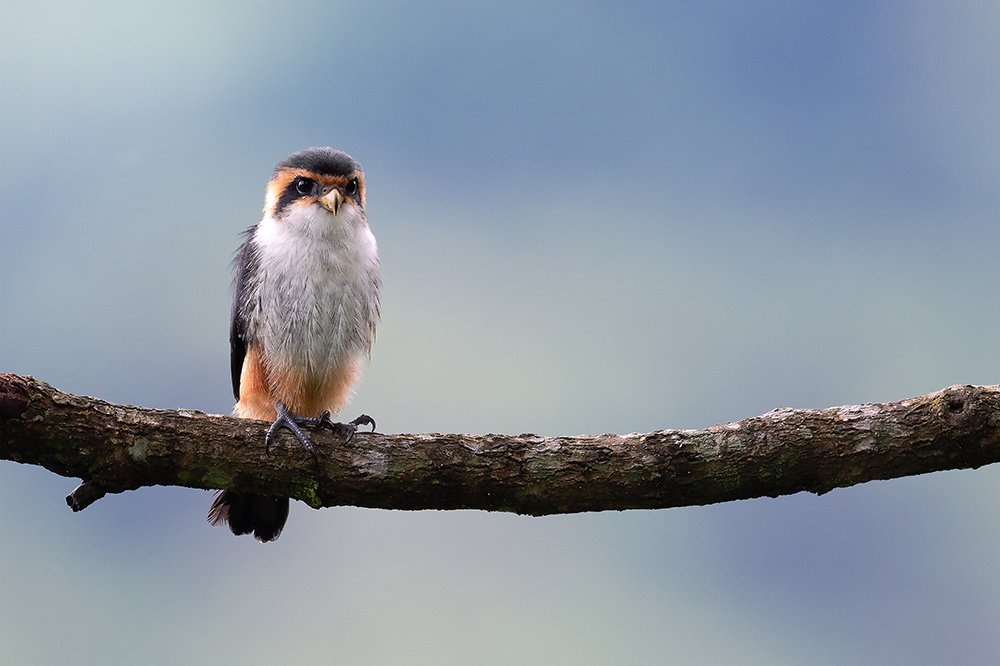
Nikon Z 600mm f/6.3 VR S Lens sample image (No EXIF)
Is there a weight limit when using FTZ adapters?
There is no weight limit when using FTZ adapters as the camera body can support heavy lenses effectively. However, when using large, heavy telephoto lenses, it's advisable not to carry the camera by its body. Instead, carry the system by the lens to prevent accidental damage or shifting of the Z mount.

Airplane sample image captured with Nikon Z 800mm f/6.3 VR S Lens (No EXIF)
S-Line vs standard lens range
Z series lenses have simplified their naming convention, moving away from the detailed technological identifiers used for DSLR lens names. While streamlining the names, this change can obscure details about the glass elements, coatings and technology. Z lenses are now primarily distinguished by S-Line and regular models, which denote the optical technology.
Standard lenses tend to use fewer coatings, whereas S-Line lenses employ a Nano Crystal Coat for better control over ghosting and flare. Other benefits to S-Line lenses include a multi focusing system for faster and more accurate AF, improved weather sealing and exceptional resolution, even when wide open at the maximum aperture. Additionally, S-Line optics render lower distortion, and reduced chromatic aberration compared to other lenses.
Users of older DSLR lenses should note that in order to achieve similar sharpness, lenses tend to require stopping down, forcing the photographer to choose between depth of field and sharpness, whereas a Nikon S lens is sharp at any aperture.
Regular Nikkor lenses still achieve excellent results, with high sharpness, fast AF and lightweight designs. The Nikon Z 180-600mm f/5.6-6.3 VR Lens is the only non S-line lens in this guide, and it has proven itself as extremely competent, with excellent results for a variety of telephoto subjects, which we explore further below.
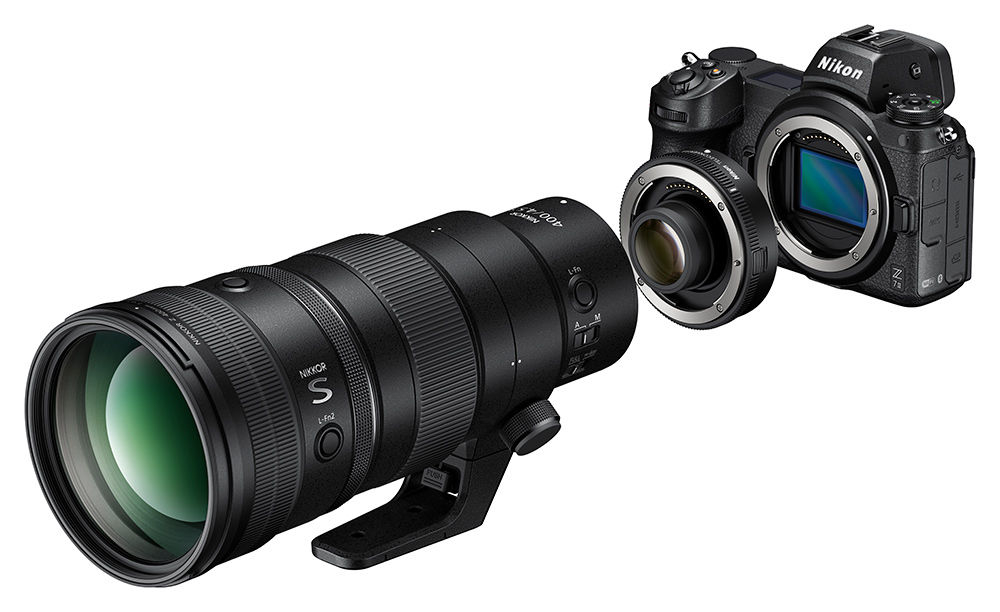
Nikon Z7 II camea with Z400mm f/4.5 lens and 1.4x TC
Nikon teleconverter lens compatibility
As a rule of thumb any Nikon lens with a focal length exceeding 70-200mm is compatible with teleconverters, and all the super telephoto lenses in this guide fall within this category. It should be noted that using a TC impacts the maximum aperture, reducing the amount of light entering the lens.
The Nikon Z 1.4x Teleconverter reduces light by 1-stop, and the Z 2.0x Teleconverter leads to a 2-stop light loss. Despite this, high levels of resolution, detail and subject separation can be maintained. Full autofocus compatibility is also maintained, unlike equivalent DSLR extenders, which may reduce the number of useable AF points for example.
Aside from providing greater reach, Nikon teleconverters are weather sealed and have no impact on the minimum focus distance. This extends the versatility of any attached lens, allowing you to capture tele-macro type close-up shots filled with details and high magnification.
At longer focal lengths atmospherics play a part in image degradation, so unless maximum reach is your primary goal, most super telephoto users opt for the 1.4x TC, which strikes a balance between extended reach and image quality.

Example image taken with Z 2.0 TC
Should you use a Nikon TC vs cropping an image?
The choice between using a Nikon teleconverter and cropping depends on your final image use. High-resolution Nikon cameras like the Z9, Z8 or Z7 series offer ample cropping latitude. Cropping may suffice for social media sharing, but for print quality where resolution is key, a teleconverter is generally preferable.
Do Z mount teleconverters work with F mount lenses?
No, a Z mount TC and camera will not work with an F mount lens. Mirrorless teleconverters (also called extenders) will only work with mirrorless lenses, regardless of whether using an FTZ mount adapter.
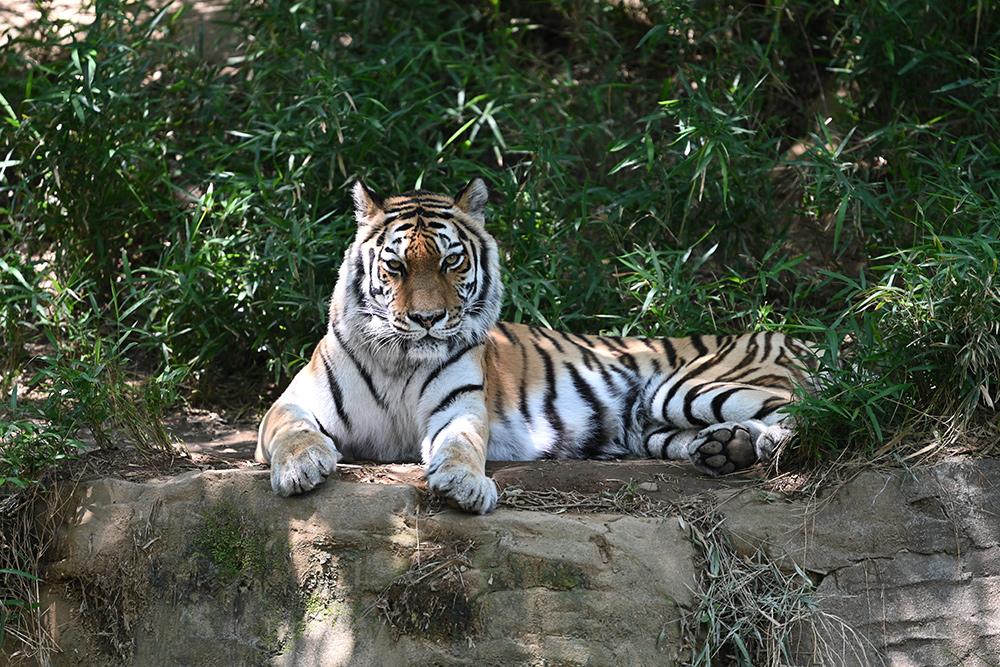
Example image taken with Z 1.4x TC
Weather sealing
Nikon does not provide precise weather sealing measurements as IP ratings, however all of the Nikon Z mount telephoto lenses are weather sealed to various extents. For example the Nikon Z 180-600mm zoom lens is sealed against dust and rain, whereas the the Z 600 f/4 and Z 400 f/2.8 offer the highest level of weather resistance found in any Nikon lens.
This is because professional lenses must perform flawlessly in every environment, from rainy sports pitches, to humid jungles and dusty deserts, and are sealed accordingly.
Optical vibration reduction (VR)
In order to reduce ISO to manageable levels, it’s essential to reduce blur created by camera shake at long focal lengths. Super telephoto lenses are heavier and longer, making them more prone to vibration, and it is recommended to utilise optical VR as appose to camera-based stabilisation, when shooting at over 200mm.
The models in this comparison all feature optical image stabilisation, as well as Sync stabilisation with compatible camera bodies. This synchronises IBIS with lens-based VR, often resulting in minor improvements to overall stabilisation performance.

Sample image taken with Nikon Z 180-600mm f/5.6-6.3 VR Lens
Nikon Z 180-600mm f/5.6-6.3 VR (£1,799.00)
The newest and most affordable option is the Nikon Z 180-600mm f/5.6-6.3 VR Lens. The Z 180-600 is arguably the best zoom lens for Nikon photographers who want to capture wildlife subjects from near to far on a comparatively modest budget.
Key features
- Broad zoom range
- Internal zoom mechanism
- Short 70º turn to zoom
- 1.3m minimum focus distance (180mm) and 2.4m (600mm)
- Teleconverter compatibility
- Weather sealed
- 5.5-stops of VR
- Weighs 1,995g and measures 315mm long
Our first look at this Z mirrorless zoom lens covers most technical elements in greater detail, but suffice to say that the Nikon 180-600mm lens is one of the most popular zoom lenses of all time thanks to its combination of affordability, extensive features and versatile coverage.
If you want a single affordable super telephoto zoom with the greatest versatility for multiple subjects, this is the one to go for.
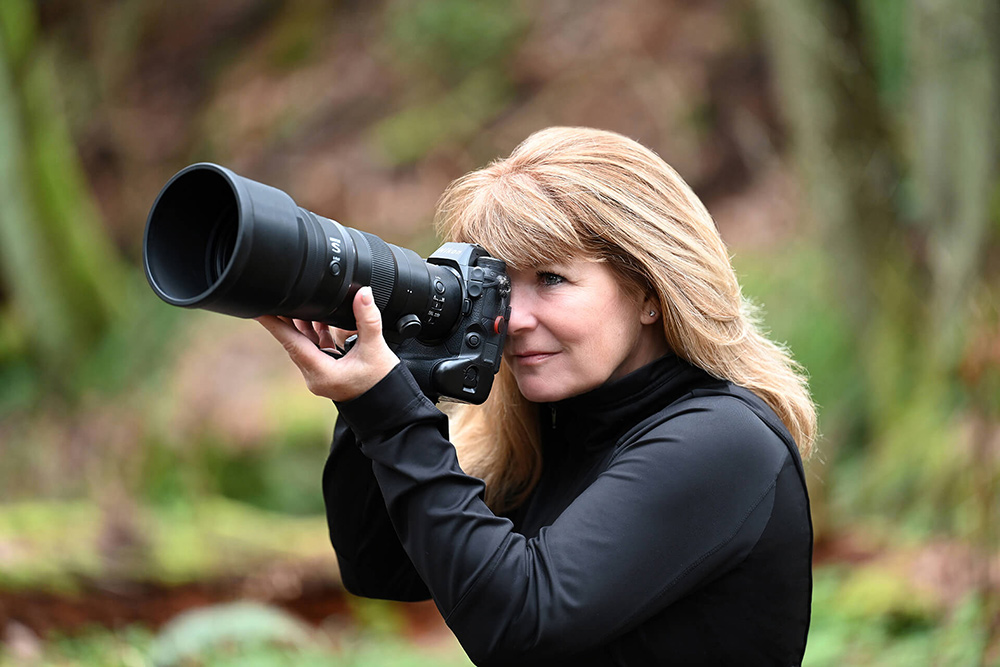
Handholding the compact and lightweight Z 400mm f/4.5 VR S Lens
Nikon Z 400mm f/4.5 VR S (£3,190.00)
The Nikon Z 400mm f/4.5 VR S Lens is the most cost-effective S-line Nikon prime lens within the super telephoto category. It combines a practical focal width with a bright aperture, low weight and comprehensive features for indoor and outdoor photographers.
Key features
- Fixed focal width prime
- 2.5m minimum focus distance
- Teleconverter compatibility
- Nano Crystal Coat
- Weather sealed
- 5.5-stops of VR
- Weighs 1,245g and measures 234.5mm long
This 400mm prime is the go-to choice for photographers who require the smallest and lightest prime option, which doesn’t compromise on image quality and versatility. The ability to add teleconverters further broadens its appeal for birds, wildlife, sports and aviation photography.
Nikon Phase Fresnel lenses (PF)
Joining the release of the Nikon 400mm lens were two Phase Fresnel (PF) lenses, which utilise specially shaped elements to significantly reduce overall size and weight. The technology was first used by Nikon for DSLR lenses, and is proven to deliver excellent image quality with lightweight hand-holdable portability.

Mouse captured with the Z 600mm f/6.3 VR S Lens (No EXIF)
Nikon Z 600mm f/6.3 VR S (£4,999.00)
When it launched, the Nikon Z 600mm f/6.3 VR S Lens was the lightest Nikon 600mm lens ever made. It boasts S-line optics and a gold ring, signifying the highest possible image quality, with 6-stop Sync VR for handheld shooting with any compatible camera body.
Key features
- Significantly smaller and lighter than comparable DSLR options (Same weight as 500mm PF)
- Ultimate picture quality (Gold Ring)
- Teleconverter compatibility
- Nano Crystal Coat
- High performance weather sealing
- 6-stops of Sync VR
- Weighs 1,470g and measures 278mm long
If you need just one high-end prime for wildlife, birds, motor sports, airplanes and more, this could be the definitive choice. It is around a third of the price of the 600mm with a built-in TC, as well as being lighter and more manageable for everyday handheld shooting.
Some users may be concerned by the maximum f/6.3 aperture, however it is possible to achieve beautiful subject separation with smooth defocus areas at this longer focal length. The amount of light entering the lens is the only noticeable penalty most users will encounter. Our Nikon Z 600mm F/6.3 VR S lens review includes numerous sample images with first rate subject separation, as well as delving deeper into this fantastic prime option.

Bird flying over the sea taken with Z 800mm f/6.3 VR S Lens (No EXIF)
Nikon Z 800mm f/6.3 VR S (£6,299.00)
With such an extensive reach, the Nikon Z 800mm f/6.3 VR S Lens is suited to distant subjects, whether small birds and wildlife, aircraft, surveillance or similar genres. As the shorter 600mm Phase Fresnel lens, the Z 800mm is manageable to handhold, supports Sync VR and provides S-line quality plus Nikon’s signature gold ring.
Key features
- Far smaller and lighter than comparable DSLR options
- Ultimate picture quality (Gold Ring)
- Teleconverter compatibility
- Nano Crystal Coat
- High performance weather sealing
- 5.5-stops of Sync VR
- Weighs 2,385g and measures 385mm long
When exploring the Nikon Z 800mm F6.3 Lens in detail, you may be surprised at just how manageable a super telephoto prime of this calibre is. While the focal length may be too long for some subjects, it’s ideal for the very furthest and smallest subjects, from moon photography to capturing beautiful shots of shy bird species.

Shot of rugby action captured with Z 400mm f/2.8 TC VR S Lens (No EXIF)
Professional Z lenses with built-in teleconverters
Two of the super telephoto lenses which represent the pinnacle of Nikon’s optical expertise feature built-in teleconverters. These differ from removable teleconverters as they are custom made for each lens with an integrated assembly, which has no visible impact on image quality, only affecting light entering the lens.
A built-in TC effectively gives you two lenses in one, and these two models also benefit from an array of special features reserved for the highest-level lenses in Nikon’s lineup. Although the wider aperture of these lenses comes with both a financial and weight implication, it affords the ability to capture the absolute shallowest depth of field, with stunning subject separation.
Other technologies include new magnetic AF motors referred to as Silky Swift, which utilise magnets for faster and smoother focusing. Both the Z 400mm f/2.8 and Z 600mm f/4 are the fastest focusing Nikon telephoto lenses ever made. They are also lighter than their DSLR counterparts, and feature Nikon’s Meso Amorphous Coat, which is exclusively reserved for these models.
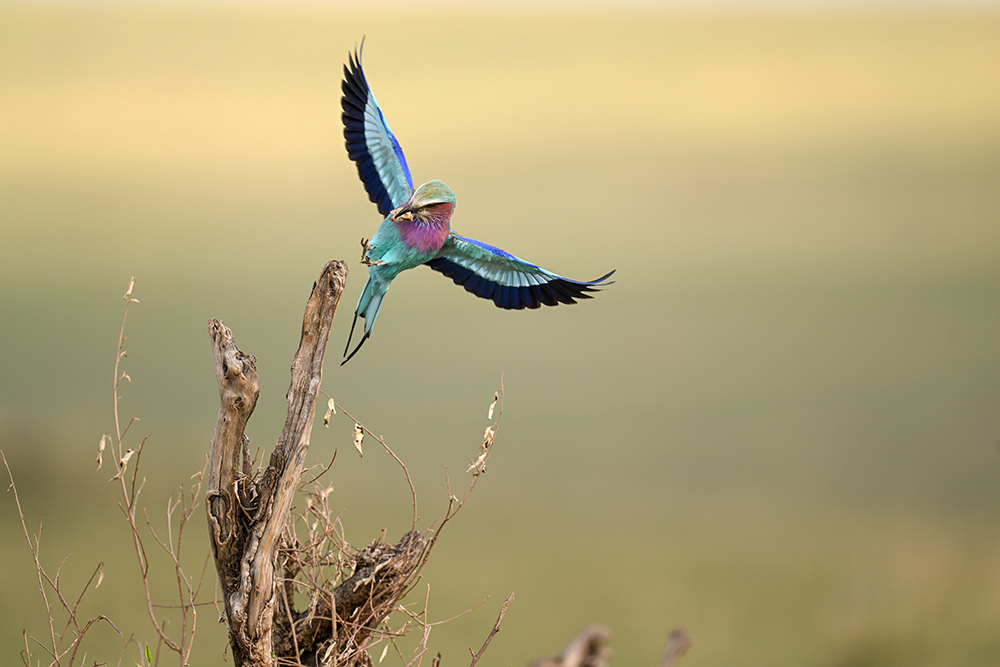
Sample image of a bird taken with Z 400mm f/2.8 TC VR S Lens (No EXIF)
Nikon Z 400mm f/2.8 TC VR S (£13,499.00)
With a 400mm f/2.8 and 560mm f/4 rolled into one, the Nikon Z 400mm f/2.8 TC VR S Lens With Built In 1.4x Teleconverter is perhaps the best Nikon Z telephoto lens for indoor sports, wildlife and many other telephoto subjects.
Key features
- Smaller and lighter than comparable DSLR models
- Ultimate picture quality (Gold Ring)
- Additional standalone teleconverter compatibility
- Magnetic AF Motors
- Meso Amorphous Coat
- High performance weather sealing
- 5.5-stops of VR (with or without TC engaged)
- Weighs 2,950g and measures 380mm long
As a professional tool, Nikon has considered every feature for this lens, including a Kensington® Security Slot to help keep it safe, phenomenal resolving power and an array of customisable controls. If you want the best Nikon lens for wildlife and much more, with the brightest aperture and most versatile prime focal width, this is the one for you. Discover more details and a host of Nikon Z 400mm F2.8 Lens Sample Photos in our earlier post.
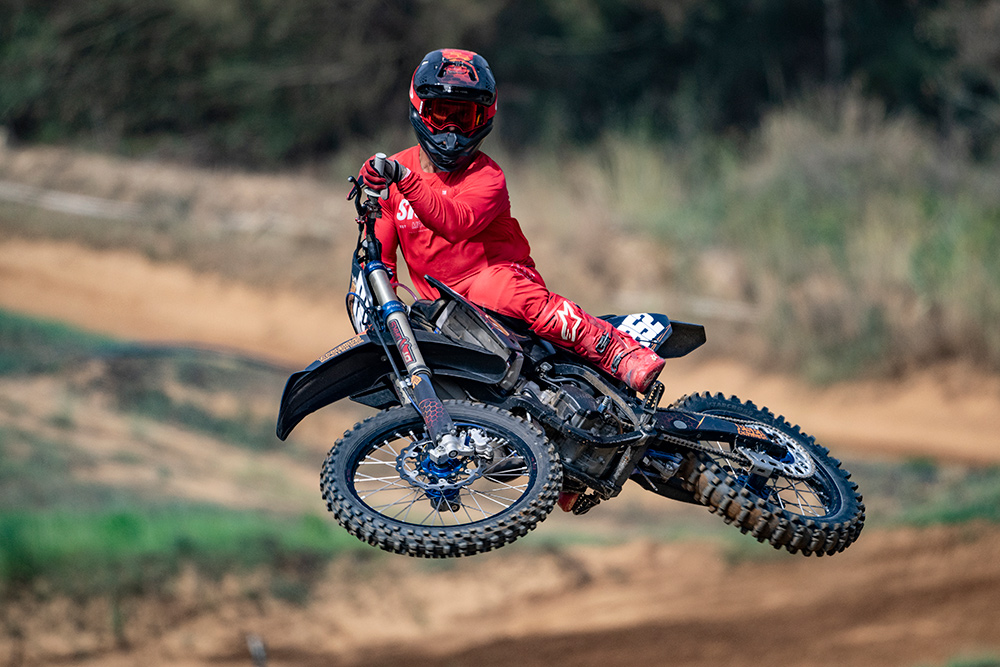
Sample image taken with Z 600mm f/4 TC VR S Lens With Built-In 1.4x Teleconverter
Nikon Z 600mm f/4 TC VR S (£15,499.00)
In situations where you need to capture more distant or smaller subjects than the Z 400mm allows, the Nikon Z 600mm f/4 TC VR S Lens With Built-In 1.4x Teleconverter steps in. Thanks to the built-in TC, this is a 600mm f/4 and 840mm f/5.6 lens in-one.
Key features
- Smaller and lighter than comparable DSLR models
- Ultimate picture quality (Gold Ring)
- Additional standalone teleconverter compatibility
- Magnetic AF Motors
- Meso Amorphous Coat
- High performance weather sealing
- 5.5-stops of VR (with or without TC engaged)
- Weighs 3,260g and measures 437mm long
From indoor sports to motorsports and aviation, wildlife to birding, the Z 600mm f/4 TC lens is the ultimate choice for distant subjects. The comparatively compact and lightweight design even fits into camera bags, which meet most carry-on requirements, ensuring you can bring this to global events without checking it in.
When it comes to choosing your next Nikon wildlife lens, any of these models discussed will deliver excellent results. Consider the differences between a zoom vs a prime, whether your subjects are both near, and at farther distances, and if you need range-topping weather sealing, or the widest possible aperture for subject background separation. Determining these requirements will help you decide which is the perfect option for your needs.
Nikon photographers who capture long range subjects have never had a broader choice of this calibre of lenses to choose between. Browse for your perfect Nikon mirrorless lens from our comprehensive range, which includes all the models discussed in this guide and don’t forget to share your super telephotos with us on social media.
Share this post:
By Nick Dautlich on 04/03/2024
Nick Dautlich
Senior Content Writer and Product Reviewer
Nick Dautlich is the Senior Content Writer and Product Reviewer at Park Cameras, with over 15 years of photography experience. A Sony Imaging Professional and expert reviewer, Nick has worked with major brands such as Canon, Sony and Nikon. His work is also featured on Vanguard World UK’s website, Capture Landscapes, and Shutter Evolve. Nick’s photography includes National Trust projects and magazine covers and he is passionate about landscapes and storytelling. Nick also enjoys hiking and teaching his children about nature. Learn more on his profile page.

Trade in your old equipment
Fast and easy trade in service ensures your old gear is collected efficiently and you are paid quickly! It's very simple to trade in your unwanted photography gear. Just head over to our dedicated Sell or Part Exchange page, fill out the details, and we'll get back to you with an offer for your old gear. Take the cash, or put it towards the cost of your new gear. It's up to you! Find out more
sign up to the newsletter
Keep up to date on the latest photography news, events and offers. Sign up now